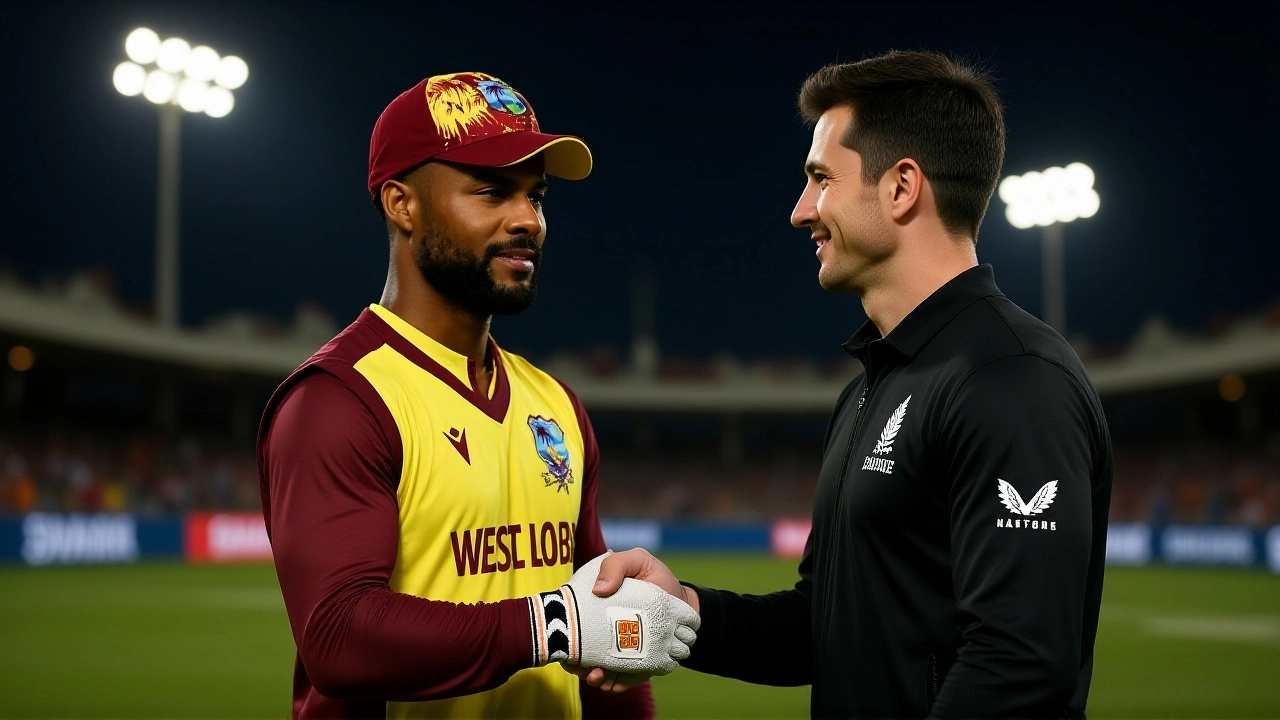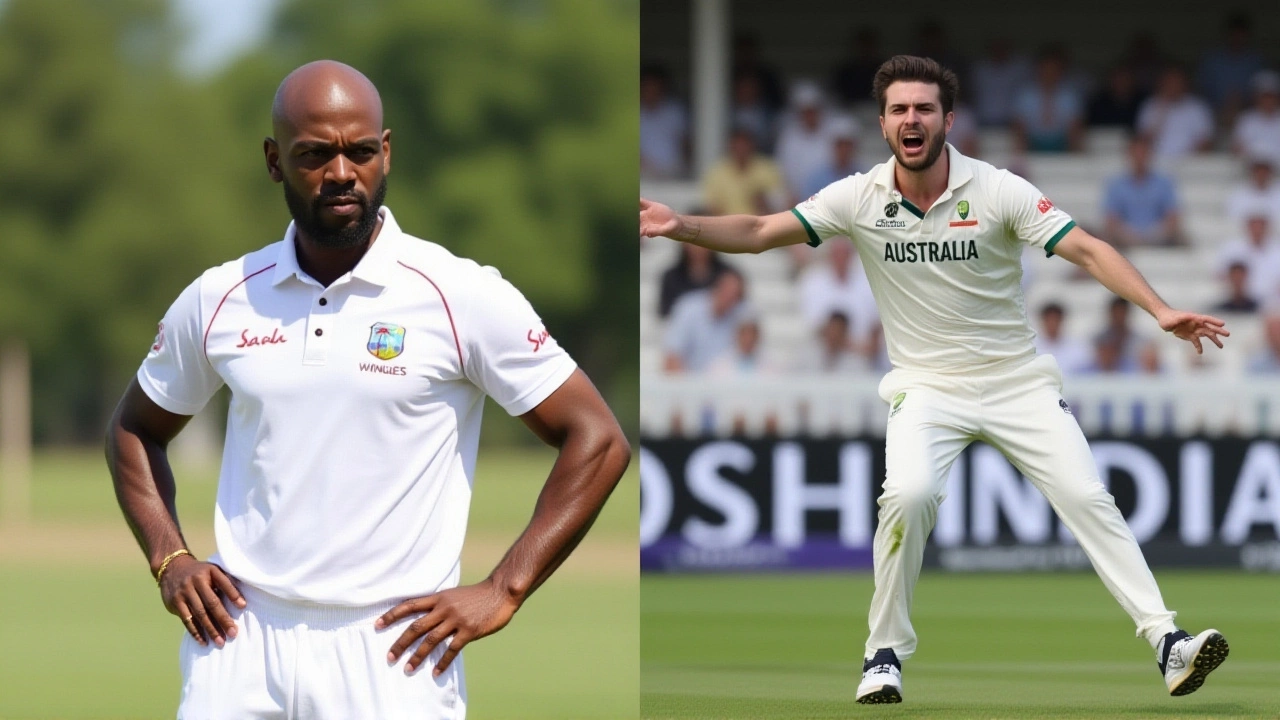When India Women's Cricket Team took the field at the DY Patil Stadium on October 23, 2025, they weren’t just playing for pride—they were fighting to stay alive in the ICC Women's Cricket World Cup 2025. Rain had delayed the start, nerves were frayed after three straight group-stage losses, and the pressure was mounting. But then came Smriti Mandhana and Pratika Rawal. And everything changed.
Opening the Floodgates: A Partnership for the Ages
The first over, bowled by New Zealand’s Rosemary Mair, ended with a dot ball. No one expected what followed. By the time Mandhana and Rawal were done, they’d rewritten the record books. Mandhana, 109 off 95 balls—14 fours, a boundary every 6.8 deliveries. Rawal, 122 off 134—13 fours, 2 sixes, calm under pressure, aggressive when needed. Together, they put on 212 runs for the first wicket. The highest opening stand in India Women's Cricket Team’s World Cup history. Not just a partnership. A statement.They didn’t just score runs. They silenced doubters. After defeats to Australia Women's Cricket Team, South Africa Women's Cricket Team, and England Women's Cricket Team, this was redemption. No one was talking about their batting anymore—just how long they’d last. And they lasted 39 overs.
Fireworks From the Middle Order
When Mandhana fell, the crowd held its breath. But Jemimah Rodrigues wasn’t done. She walked in with the score at 212/1 and turned the next 15 overs into a masterclass in controlled chaos. Fifty off 32 balls. Five fours, two sixes. One of those sixes cleared the boundary at mid-wicket and landed on the third-tier seating—nearly hitting a cameraman. The stadium roared. The scoreboard ticked past 300. Then 320. Then 340.Rain had reduced the match to 49 overs, but India didn’t let that limit them. They played as if they had 50. As if they had 60. As if the entire tournament depended on this one innings. It did.

New Zealand’s Fight—And Why It Wasn’t Enough
New Zealand came out swinging. Brooke Halliday cracked 78 off 89, looking every bit the finisher. But the moment Renuka Singh Thakur clean-bowled Sophie Devine—New Zealand’s captain, veteran, and emotional anchor—the momentum cracked. Devine had been the heartbeat of their side. Without her, the innings lost its rhythm.Shikha Pandey picked up three crucial wickets, including the key dismissal of Amelia Kerr, who’d been quietly building a 40-ball 38. New Zealand needed 293 to win under DLS, but they finished at 287. Five runs short. A winnable total, yes—but not on a pitch that had slowed after rain, with Indian spinners creeping in late and pacers holding the line.
What This Means for India’s World Cup Journey
With this win, India Women's Cricket Team finished fourth in the group stage—12 points, behind Australia (18), South Africa (16), and England (14). But here’s the twist: they’re in. No matter what happens against Bangladesh on October 26, they’re through.And their next opponent? The unbeaten giants. Australia Women's Cricket Team. The defending champions. The team that’s won five of the last six World Cups. The team that beat India by 8 wickets in their first group match.
Harmanpreet Kaur, India’s captain, put it simply after the match: “Self-belief is the key.” And maybe that’s the real story here. Not the runs, not the records—but the belief that came back after three losses. After criticism. After the whispers that this team was past its prime.

The Bigger Picture: India’s Women’s Cricket Legacy
This isn’t just about 2025. It’s about continuity. India last reached the final in 2017 under Mithali Raj. Since then, there have been false starts, coaching changes, and inconsistent performances. But now, with Mandhana leading the charge, Rawal emerging as a star, and Thakur delivering under pressure, this team feels different. More grounded. More fearless.The semi-final on October 29—location still unconfirmed—will be a test of nerve. But if India can replicate this batting performance, if their spinners can control the middle overs, if their fielding stays sharp… they’re not just underdogs. They’re dangerous.
The ICC’s Hindi highlights, titled “Hindi highlights | India storm into semifinals after big NZ win | CWC25,” went viral in under an hour. In villages where cricket is religion, not sport, little girls are already imitating Rawal’s cover drive. And Mandhana’s signature pull shot? That’s on every phone screen.
Frequently Asked Questions
How did Smriti Mandhana and Pratika Rawal’s partnership compare to past Indian opening stands in Women’s World Cups?
Their 212-run stand is the highest opening partnership in India’s Women’s World Cup history, surpassing the previous record of 191 set by Mithali Raj and Jhulan Goswami against South Africa in 2005. It’s also the third-highest opening stand overall in Women’s World Cup history, behind only England’s 232 (2017) and Australia’s 227 (2022).
Why is India’s semi-final qualification significant despite earlier losses?
India lost all three matches against top-tier teams—Australia, South Africa, and England—raising questions about their form. This win, powered by explosive batting and disciplined bowling, proved they could bounce back under pressure. It also shows their depth: even after three defeats, they still finished fourth, ahead of teams like West Indies and Pakistan.
What role did the rain-affected conditions play in India’s strategy?
The rain reduced the match to 49 overs, making a high total even more critical under DLS. India capitalized by accelerating after the 30-over mark, knowing they’d need to post a par score above 300. Their middle-order power-hitting, especially from Jemimah Rodrigues, was perfectly timed to maximize the reduced overs. New Zealand, meanwhile, struggled to adjust their chase to the revised target.
Who are India’s biggest threats in the semi-final against Australia?
Australia’s Beth Mooney and Alyssa Healy are dangerous openers, while Ellyse Perry’s all-round ability—especially her medium pace and death bowling—could trouble India’s lower order. But Australia’s weakness is spin under pressure: India’s Deepti Sharma and Shikha Pandey will be crucial in containing them in the middle overs.
Has India ever beaten Australia in a World Cup semi-final before?
No. India has never reached the final since 2017, and in their only previous semi-final meeting with Australia (2009), they lost by 9 wickets. But this Indian team is different—more aggressive, more confident. If they play like they did against New Zealand, they won’t just be participating. They’ll be threatening.
What’s at stake for New Zealand after this loss?
New Zealand’s campaign is over. They finished fifth with 10 points, missing the semi-finals for the first time since 2017. Their batting depth, once their strength, collapsed under pressure. Captain Sophie Devine’s dismissal was a turning point, and their spinners couldn’t contain India’s aggressive top order. The team now faces questions about leadership and rebuilding ahead of the 2029 World Cup.



